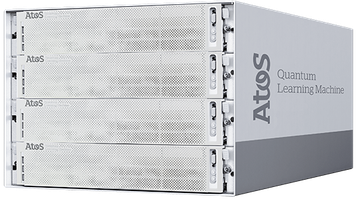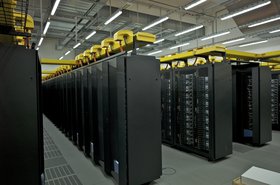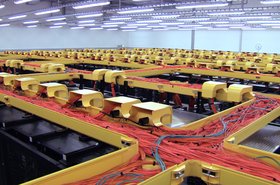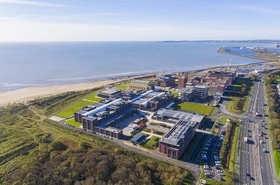Atos has delivered a Quantum simulation appliance to the Leibniz Supercomputing Centre (LRZ) at the Bavarian Academy of Sciences and Humanities in Munich, Germany.
The LRZ’s Quantum Integration Centre (QIC) is focused on integrating Quantum computing in an HPC environment and aims to bring practical Quantum applications to the scientific community. The French technology company claims its Atos Quantum Learning Machine (Atos QLM) is the world’s highest-performing commercially available quantum simulator.
Getting scientists ready for Quantum-powered HPC
“At the LRZ, we are a partner for digitalization in science. We are expanding our portfolio by integrating services for quantum computing. This way we enable world-class researchers to find new approaches to solving grand-challenge scientific problems,” said Prof. Dieter Kranzlmüller, Chairman of the Leibniz Supercomputing Centre. “However, we are only at the beginning with this technology.”
The Quantum Learning Machine is a single appliance capable of simulating up to 41 qubits, and allows programmers to develop their own Quantum-ready algorithms. Prof. Kranzlmüller said scientists will learn how to prepare themselves for Quantum computing at the LRZ Quantum Integration Centre.
“The collaboration with Atos and the use of the Atos Quantum Learning Machine are an essential building block in our Quantum Computing strategy,” he added.
“LRZ and Atos share a very pragmatic approach to quantum computing that focuses on quantum-accelerated HPC, with the aim of delivering early strategic benefits to users before we fully enter the post-quantum era,” said Atos CEO Elie Girard. “The Atos QLM is a direct extension of this approach and we are honored to be one of the first hardware partners of the LRZ Quantum Integration Centre. It is a fantastic project and marks the significant contribution made by LRZ to the quantum computing community.”
LRZ is also home to SuperMUC-NG, a supercomputer capable of 26.9 petaflops and used by researchers in the physics, chemistry, life sciences, geography, climate research, and engineering fields that uses a warm-water cooling system.




